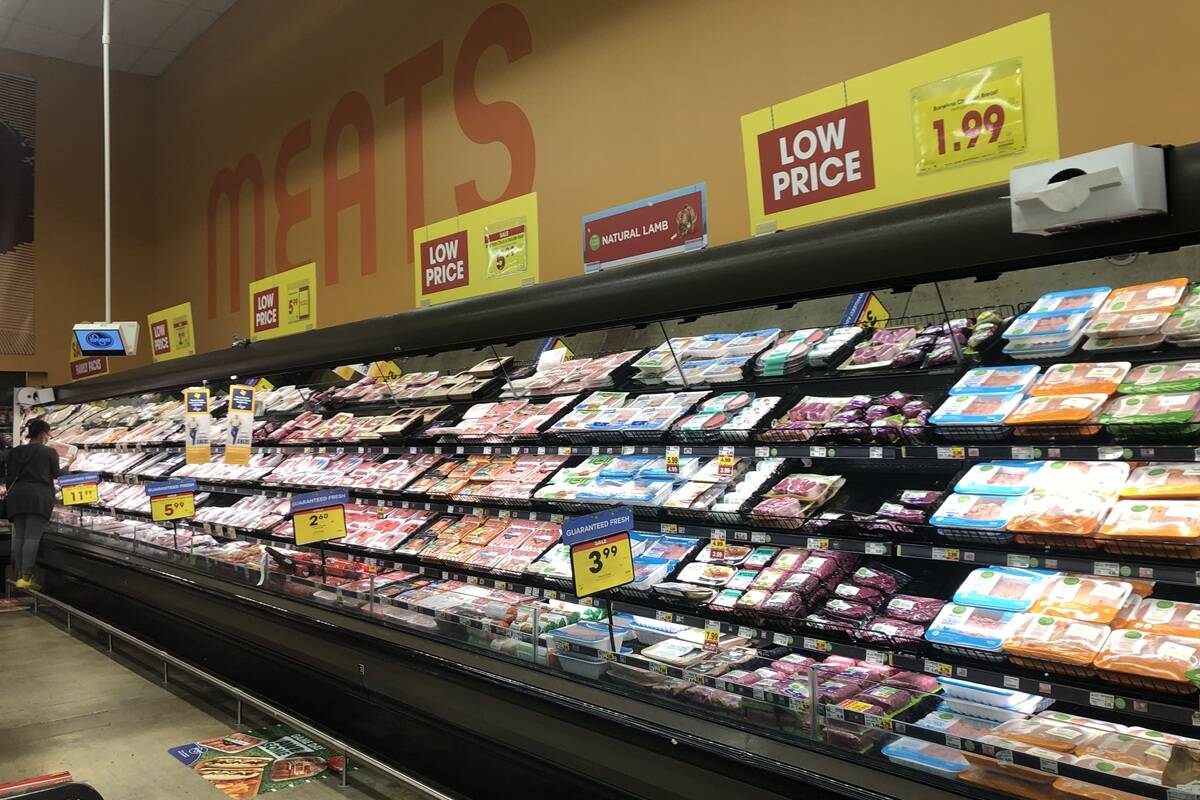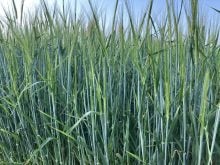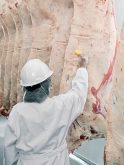It’s a rare day when plans are unveiled for a new beef-processing plant in North America. But that’s what happened in early January when two well-known U.S. entities announced plans to build a US$100-million plant near Boise, Idaho. Even more interesting is that it will be a cow plant, the first new one in 10 years. Its location means beef and dairy producers in Western Canada will have another outlet for their cull cows, and that could boost cow cull prices after the plant starts operating late next year.
Read Also

U.S beef industry faces demand risks and disease dangers
High beef prices and New World screwworm threaten beef demand and cattle health in the U.S.
Caviness Beef Packers, Amarillo, Texas, opened a new, state-of-the-art plant near Hereford in 2005. It has now formed a joint venture with the J.R. Simplot Company to build a new plant just southwest of Boise. It is being designed to process a maximum of 1,700 head per day, making it the same size as the Hereford plant. The new plant will have a similar design to that plant, with enhancements. Pending approval of permits from all necessary regulatory agencies, construction of the nearly 300,000-square-foot plant will begin this spring, with an expected fall 2016 opening, say the two companies. The permitting process has just begun.
The new joint venture will operate as CS Beef Packers, LLC and could create up to 600 new jobs, say the companies. The primary purpose of the plant will be to harvest cull cows and bulls from northwest dairy farms and cattle ranches throughout the Intermountain West. The plant will also include hide and rendering processing and have the ability to process niche-fed beef programs. The new plant will reduce the need for dairy farmers and ranchers to ship cattle out of the area for processing, says Simplot chairman Scott Simplot.
The new plant will alter the dynamics of cow procurement and processing from British Columbia across to Manitoba and down to Arizona and Texas. It will be able to draw on a large number of beef and dairy cows that mostly leave the Intermountain region to be slaughtered. It will fill a void left by the closure in 2011 of XL Four Star Beef’s plant in Nampa, Idaho. It was capable of processing 1,150 cows per day. This left only three small plants in the region, Walt’s, Mount Vernon, Wash., Schenk Packing, Stanwood, Wash., and Dale T. Smith & Sons, Draper, Utah. The majority of the region’s cows since then has travelled south to Cargill’s Fresno, California, plant (which also has a 1,700-head-per-day capacity) or to JBS’s Tolleson, Arizona, plant. So the new plant will challenge those two plants’ cow procurement.
USDA data reveals that Washington, Oregon and Idaho had 2.125 million cows (1.170 million beef and 955,000 dairy) on Jan. 1 last year. Idaho had 565,000 dairy cows. The new plant will also be able to draw cows from northern Utah and northern Nevada and from western Montana. These three states have a total of 2.189 million beef and dairy cows between them.
The new plant will also attract some of the cows and bulls exported out of Western Canada (B.C. to Manitoba). Exports totalled 175,000 head in 2014 while the region slaughtered another 335,000 head, according to Canfax. The majority of Alberta’s cows likely went to Minnesota. B.C. and Alberta alone had 1.782 million beef cows and 153,000 dairy cows on Jan. 1 last year. Culling rates suggest that about 287,000 head went to slaughter last year. It’s too early to forecast how many cows might go south to the new Idaho plant in 2017. But western Canadian producers will certainly await its opening with considerable anticipation.
A North American view of the meat industry. Steve Kay is publisher and editor of Cattle Buyers Weekly.
















